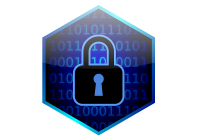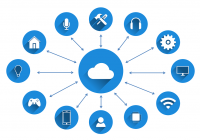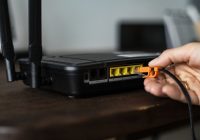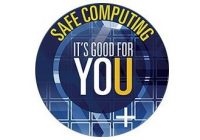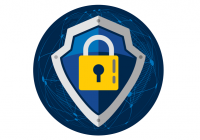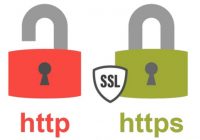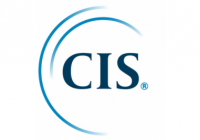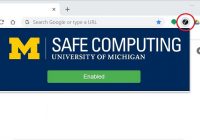Learn about implementing new info security standards
How do the new information security standards and the revised Information Security (SPG 601.27) policy affect your work? Information Assurance (IA) is hosting working sessions for members of the U-M community interested in learning about implementing the policy and standards. Upcoming sessions: Thursday, April 4 (1:30-3:30 p.m.). This session will cover Security Log Collection, Analysis, and Retention (DS-19)… Read More »


